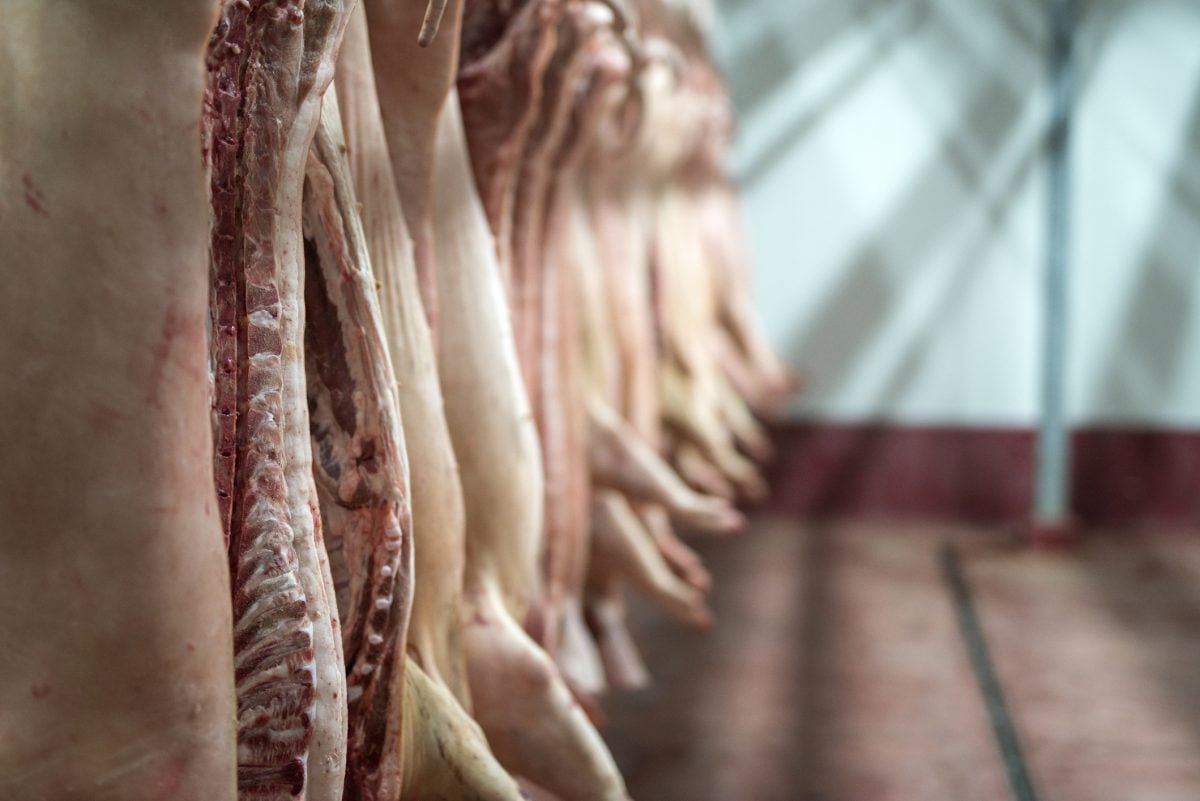Chicago | Reuters – Chicago Mercantile Exchange live cattle futures fell more than 1 percent on Friday, sagging under pressure from lower wholesale beef prices and slightly weaker trades in cash cattle markets in the southern Plains, traders said.
Front-month December live cattle settled 1.975 cents lower at 114.575 cents per pound. The contract finished above its two-month low notched earlier in the session while the percentage decline of 1.8 percent was the biggest since June.
Wholesale beef prices have declined two days in a row, according to the U.S. Department of Agriculture, suggesting demand was flagging. Meanwhile, beef packers paid from $114 to $115 per cwt for cattle in Texas, in sales that were steady to below sales ranging from $115 to $117 a week ago.
Read Also

U.S. livestock: Cattle slip back, hogs gain
Chicago cattle futures slipped back on Friday after Thursday’s pause. Hog futures crept upward. Most-active December live cattle futures closed…
“The futures market needed to see $1 higher (in cash cattle) to continue rising,” said Allendale Inc broker Peter Adams.
He added that some retailers likely bought most of the beef they needed for the holidays in November and December.
“We’ve already seen and booked out for the holidays, so the good times are over,” Adams said.
CME January feeder cattle futures declined 2.475 cents to 143.800 cents per pound, lowest since June 27.
Feeders net short
U.S. Commodity Futures Trading Commission data released after the close of trading showed speculative investors flipping from a small net long to a net short in the feeder cattle market as of Tuesday.
Speculative traders also liquidated a portion of their net long, or bullish, bets in both live cattle and lean hogs.
Lean hog futures were narrowly mixed in spread trading, with potential gains capped by ample hog supplies. December hogs was up 0.175 cent to 55.800 cents per pound while most-active February hogs were 0.625 cent lower to 59.500 cents.
Friday was the third day of the five-day calendar roll for investment funds tracking the Standard & Poor’s Goldman Sachs Commodity Index, in which traders exit front-month positions and roll into deferred contracts.















